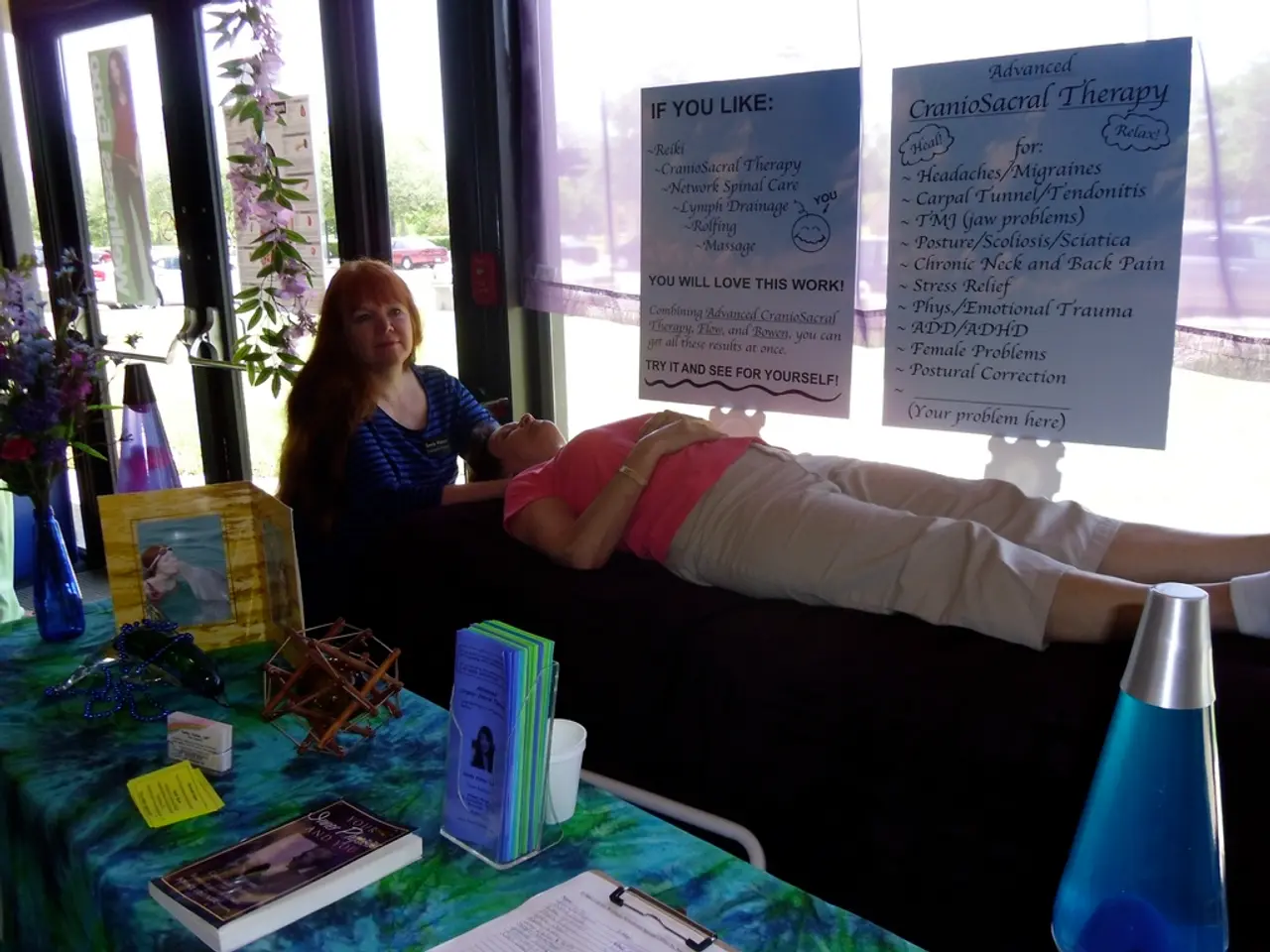Definition of "Toxic" in a Romantic Partnership
Recognizing a toxic relationship can be a challenging task, as they often disguise themselves in the guise of love and intimacy. However, understanding the signs and causes of toxic relationships can help you assess your own relationships and take steps towards healing and growth.
Toxic relationships are characterized by harmful and negative behaviors, including emotional, physical, or psychological abuse. Common signs of a toxic relationship include emotional abuse (constant criticism and humiliation), manipulation (guilt-tripping, silent treatment), gaslighting (making you doubt your reality), power imbalances (one partner controls decisions or finances), secretive or dishonest behavior, codependency, constant unresolved conflict, declining mental health (anxiety, depression, fatigue), loss of identity, and persistent unhappiness.
These toxic traits often manifest as controlling social connections, financial control, digital surveillance, and isolation from friends and family. People in toxic relationships commonly feel like they are "walking on eggshells," needing to carefully monitor their behavior to avoid conflict or disappointment.
In contrast, healthy relationships are characterized by mutual respect, trust, open communication, emotional support, and a balanced power dynamic. Partners in healthy relationships maintain their own identities and interests, support each other's growth, resolve conflicts constructively, and feel safe and content together without fear or manipulation.
Trauma bonds can lead individuals to repeatedly attract emotionally unavailable partners in an attempt to resolve past conflicts. Trauma bond relationships are rooted in past trauma and manifest through a cycle of intense highs and lows, where periods of affection and connection are interspersed with episodes of abuse and manipulation. Trauma bonds often originate from early attachment traumas, such as growing up with an emotionally distant parent.
Emotionally abusive relationships involve manipulation, verbal attacks, undermining self-worth, and isolation. Anxiously attached individuals may exhibit excessive clinginess, jealousy, emotional volatility, neediness, and manipulative behavior, making them vulnerable to emotional abuse. Avoidantly attached individuals might emotionally withdraw, dismiss partner's needs, engage in commitment avoidance, be critical and judgmental, and fear dependence, which can contribute to a toxic dynamic.
Codependency is a specific form of trauma bond characterized by an unhealthy reliance on one another for validation and self-worth. In codependent relationships, partners often enable destructive behaviors and sacrifice their personal boundaries in the pursuit of maintaining the relationship.
Healing attachment wounds is crucial for preventing repeated patterns of toxicity and building healthy, fulfilling relationships. Healing from a toxic relationship requires intentionality, processing trauma, self-care, and setting boundaries. The online course, Healing Attachment Wounds, uses creative arts therapies techniques within a psycho-spiritual framework to help individuals feel more secure in loving relationships.
It is essential to remember that healing and growth are not quick fixes but a journey that requires self-awareness, patience, and resilience. Recognizing the signs of a toxic relationship and taking steps towards healing and growth can lead to a more fulfilling, healthy, and loving future.
References:
- Toxic Relationships: How to Spot Them and How to Get Out
- The Trauma Bond: What It Is, and How to Break Free from It
- The 10 Signs of a Toxic Relationship
- Understanding Attachment Styles and Their Impact on Relationships
- Healing Attachment Wounds: A 7-Step Online Course
- In toxic relationships, art can often provide a means of emotional expression and healing, helping individuals cope with trauma and grief.
- Building confidence is crucial in healing from a toxic relationship, as it enables individuals to trust in their own decisions and abilities, fostering growth and self-care.
- Engaging in play and laughter can help establish intimacy and connection in healthy relationships, promoting mental health and a positive lifestyle.
- Research in science shows that emotional support and connection play significant roles in healing attachment wounds, improving both mental and physical health-and-wellness.
- Developing strong communication skills is essential for forming and maintaining healthy relationships, as it allows partners to share their emotions, needs, and boundaries effectively.
- Mastering the art of setting boundaries is key to maintaining a healthy relationship, providing a sense of safety and control over personal space, emotions, and time.
- Learning about attachment styles and understanding their impact on relationships can lead to increased trust and intimacy, helping individuals connect more deeply with their partners.
- Overcoming trauma bonds may require seeking guidance from relationship experts or taking online courses like Healing Attachment Wounds, which offer insights into psycho-spiritual principles and creative arts therapies.
- Grief caused by an unhealthy relationship can linger and hinder personal growth, but acknowledging and processing those emotions can lead to closure and resolution.
- Toxic relationships can have long-lasting effects on an individual's mental and emotional well-being, emphasizing the importance of self-awareness, patience, and commitment in the journey towards healing and growth.




